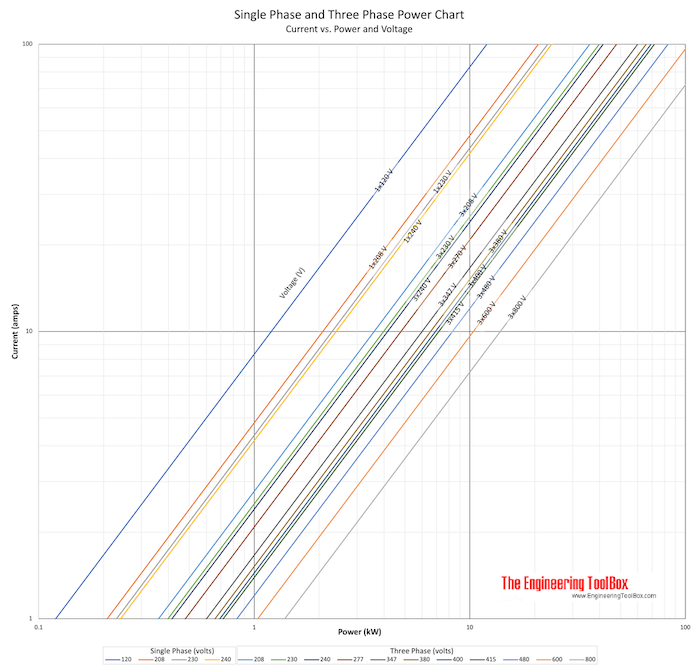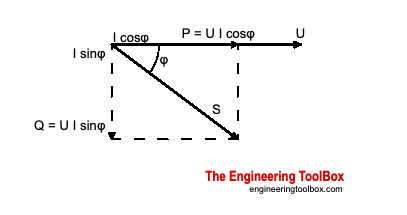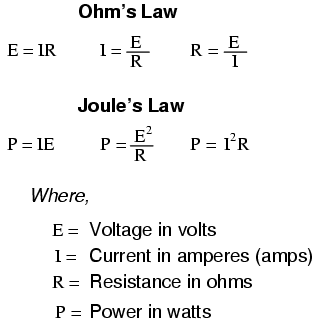What are low pass filters?
We will start with low pass filters ( LPF ) because they are the basis of other filter designs. High pass or band pass filters are often simply transformations from low pass filter designs.
Perhaps the simplest low pass filter is the classic butterworth pi network design where the reactive elements are of a constant impedance e.g. 50 ohms and the design Q = 1.
Figure 1 - butterworth pi network low pass filter diagram
This example is most frequently used in the output of a transmitter to minimise harmonic output and eliminate QRM. As with all simple designs there is a limit to the benefit to be gained. If such a filter were designed with a cut off (Fc) of 7.5 Mhz the attenuation only becomes significant well away from that frequency.
Low pass filter is two L networks
It is simply two L networks added together like this to form a low pass pi network filter:
Figure 2 - two L network low pass filters










